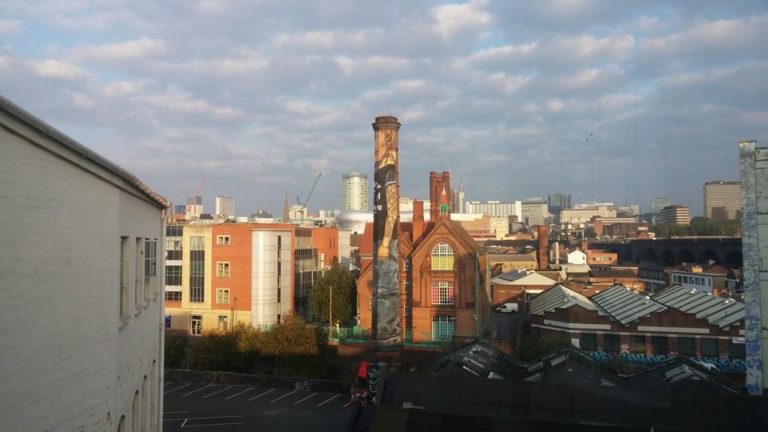Sutton Coldfield, also affectionately called Sutton by locals, is 6.5 miles (10 km) northeast of Birmingham City Centre. Sutton forms in the suburbs of the city and is home to one of my all-time favourite spots, Sutton Park. Let’s delve into the history of Sutton park.
Sutton Park is Large
Sutton park is the seventh largest urban park in Europe and is packed with history. The park covers more than 2,400 acres with a wide range of encompassing landscapes: heathlands, wetlands, marshes, lakes and ancient woodlands. It is fantastic to get lost in and explore the rich variety of plants and wildlife that this natural wonder has to offer, but also to discover the many well-preserved archaeological remains that date all the way back to the Roman times.
Roman Influences
The park contains a preserved section of the Icknield Street, a Roman road that can still be walked upon today. The cambered road enters the Park near the Royal Oak Gate and exits towards Streetly. One can stroll along this straight road and consider the old times bygone. In 1909, two roman coins were discovered along with various earthworks of an ancient encampment, showing just how far back the land dates and what treasures can be discovered on this large site.
The King’s Command
Onward from the Romans, the park was later established as a Royal Forest by the Anglo Saxon kings of Mercia in the 9th century and by the early 12th century was in use as a Norman medieval deer park. In 1528, King Henry VIII gifted the park to locals of Sutton Coldfield with the inhabitants might ‘freely hunt fish and fowl there, with dogs, bows and arrows, and with other engines for deer, stags, hares, foxes and other wild beasts’ showing the park as an integral part of Sutton Coldfield’s history, identity and the pride of it’s people.
Modern Sutton Park
In the modern era, the park has been through various historical transformations. In the 19th century, there were two horse racing courses and the first nine hole golf course was built in 1880 around Meadow Platt and Holly Knoll. The railway to Sutton Coldfield opened in 1862 and would offer special excursions for people to enjoy the park with a host of activities including boating, swimming, donkey rides and refreshment rooms, making Sutton Park the ultimate day trip destination. Even popular today, especially on a summer’s day, you can find many people enjoying the sights and sounds of this lively place.
Sutton Park with it’s diverse heathland and endlessly captivating scenery encourages visitors to reconnect with nature. It’s thousands of years of history makes this site a truly remarkable and significant location, with plenty of space to roam and to imagine those good old forgotten days.
On a side note we do offer a Sutton Coldfield House Clearance. Just click through to find out more.



